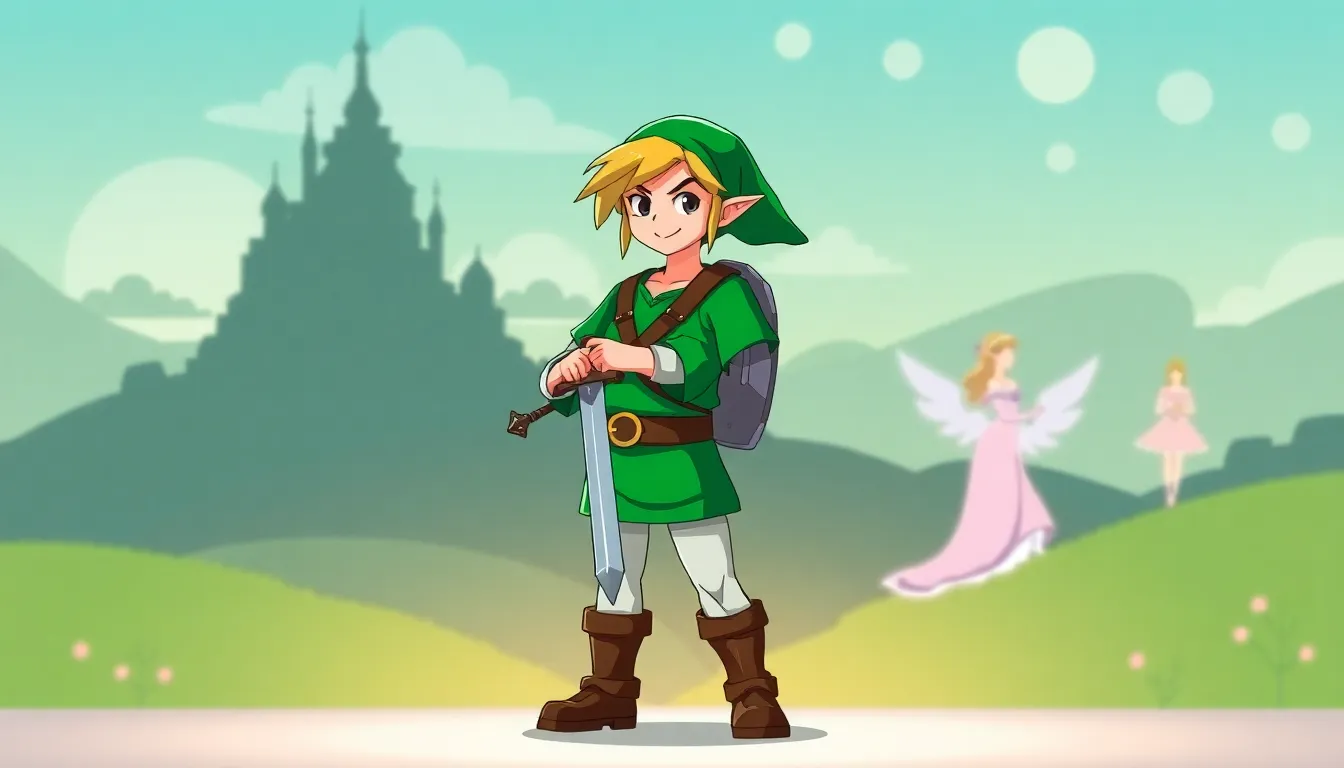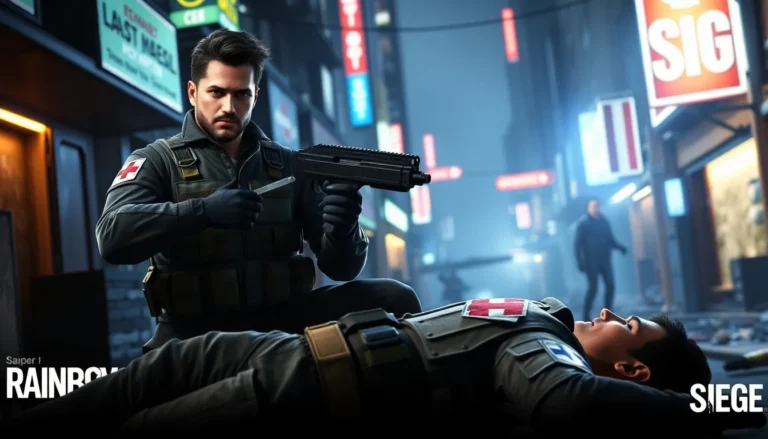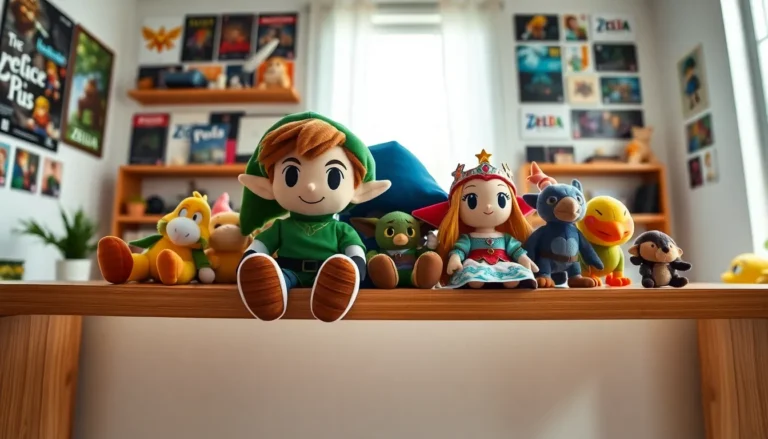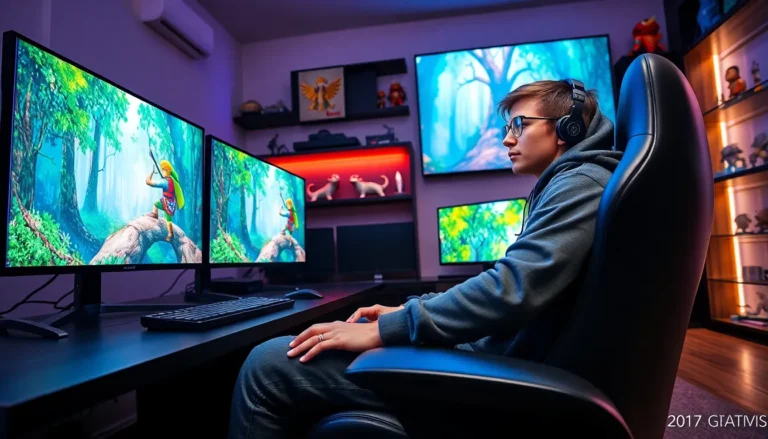Table of Contents
ToggleIn a world where gaming and fandom collide, few things spark as much debate, laughter, and a raised eyebrow as Rule 34, particularly when it comes to iconic franchises like The Legend of Zelda. What is Rule 34? If it exists, there’s a version of it out there, often a bit more risqué than most would guess. But fear not, this isn’t a scandalous gossip column: it’s a deep jump into how this culture surrounding Zelda has bubbled up. Whether you’re a die-hard fan or a casual observer, understanding this art form sheds light on both the love and the chaos that come with fandom, all while keeping a light-hearted tone that even Link would chuckle at.
Understanding R34 Culture

Rule 34, a humorous but revealing internet adage, boldly states: if it exists, there’s adult content of it somewhere online. The Legend of Zelda, with its whimsical characters and rich lore, is no stranger to this phenomenon. The R34 culture around Zelda doesn’t simply spring from the minds of mischievous creators: it evolves from a genuine affection for the characters and narratives built over decades. Call it parody, call it playful exploration, it’s hard to ignore the artistry involved. In many ways, it shines a light on how fans creatively express their love, albeit in ways that can be puzzling to the uninitiated.
Origins and Evolution of R34
To trace the roots of R34 in the Zelda universe, one must start with the franchise itself. Launched in 1986, it became an instant classic. But as the games evolved, so did the community around them. Early fan art often focused on character sketches, quests, and scenarios that fans imagined for Link and Princess Zelda.
Popular Characters in R34 Art
When discussing R34, one can’t overlook the major players: Link, Zelda, and even characters like Ganondorf and Tingle. Link, the ever-resilient hero, is often depicted in a variety of ways, from chibi styles to very adult themes. Princess Zelda represents a duality of strength and elegance, making her a popular figure in fan art, including R34. Then there are characters like Tingle, who breaks the mold and adds a layer of humor. Each character’s unique traits attract different art styles, showcasing the creativity, or cheekiness, of the artists involved. Through these characters, R34 reveals how flexible and expansive fan interpretations can be.
Themes and Common Tropes
R34 art is often defined by both its playful and explicit nature. Common themes revolve around romance, adventure, and the occasional absurdity, all painted in bold colors of fantasy. One most might notice in Zelda-themed R34 is the juxtaposition of innocence and experience. Frequently, artists play with the heroic journeys of characters, contrasting them dramatically with their adult-themed portrayals.
Community Contributions and Platforms
The rise of platforms like Tumblr, DeviantArt, and even Twitter has provided fans with the perfect canvas to share their work. These communities foster creativity, allowing artists to gather, share, and critique one another. Just think: one day, someone might post a hilarious fan-comic that makes waves, while the next may investigate into deeper adult themes, creating a dialogue that resonates widely.
Ethics and Controversies of R34
Ah, but with great creativity comes great controversy. R34 raises ethical questions, especially surrounding consent and the portrayal of characters who, in their original narratives, might not align with such interpretations. Fans are often divided. Some view R34 as harmful, while others argue it’s simply a playful extension of the source material. Debates around this topic can get heated: should fan art remain respectful, or is there space for cheeky interpretations of beloved characters? The answer isn’t black and white, every artist navigates these murky waters differently.
As discussions evolve, creators sometimes feel the weight of backlash or praise alike, leading to richer dialogues about artistic freedom.
Impact on Gaming and Fan Culture
The impact of R34 on both the gaming industry and broader fan culture is undeniable. Artists and fans blur the lines between creator and consumer, allowing the culture to flourish. In many ways, Zelda’s R34 has led to more significant discussions about expression and art within fandoms. Rather than simply existing as a guilty pleasure, it becomes part of the larger narrative surrounding Zelda, adding layers of community engagement and complexity.
Also, it speaks volumes about how modern technology allows for diverse expressions of fandom, turning private passions into something shared. Fans rally around these interpretations, often molding their own perceptions and narratives in ways that can keep the franchise fresh and evolving.




